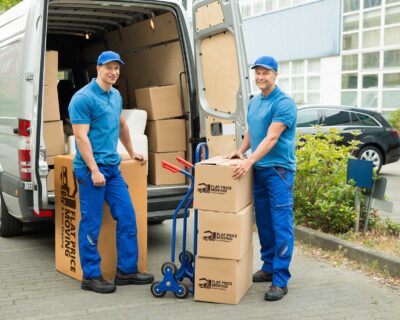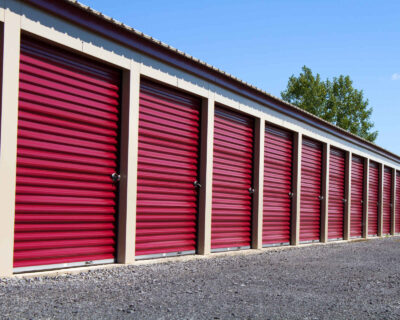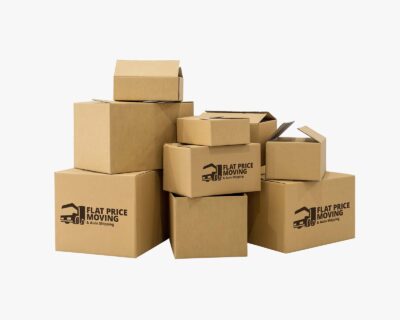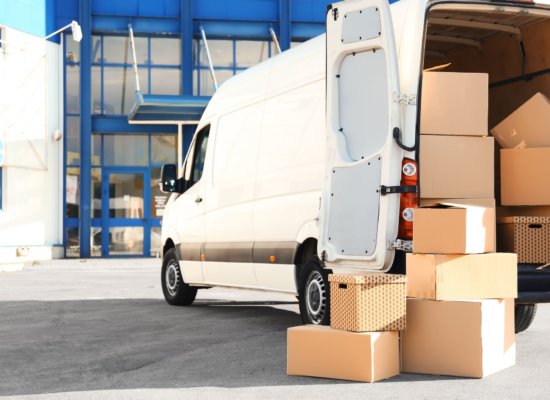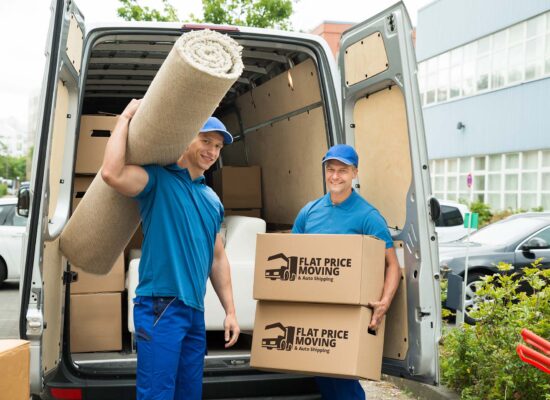Getting Organized to Move – Everything You Need to Know
Getting organized to move seems like a scary thing to do, right? Don’t worry, with a proper checklist and the right supplies, you can finish this task with flying colors. And if you can’t make your move effortless, read some tips on how to book cross-country movers and a car shipping company.
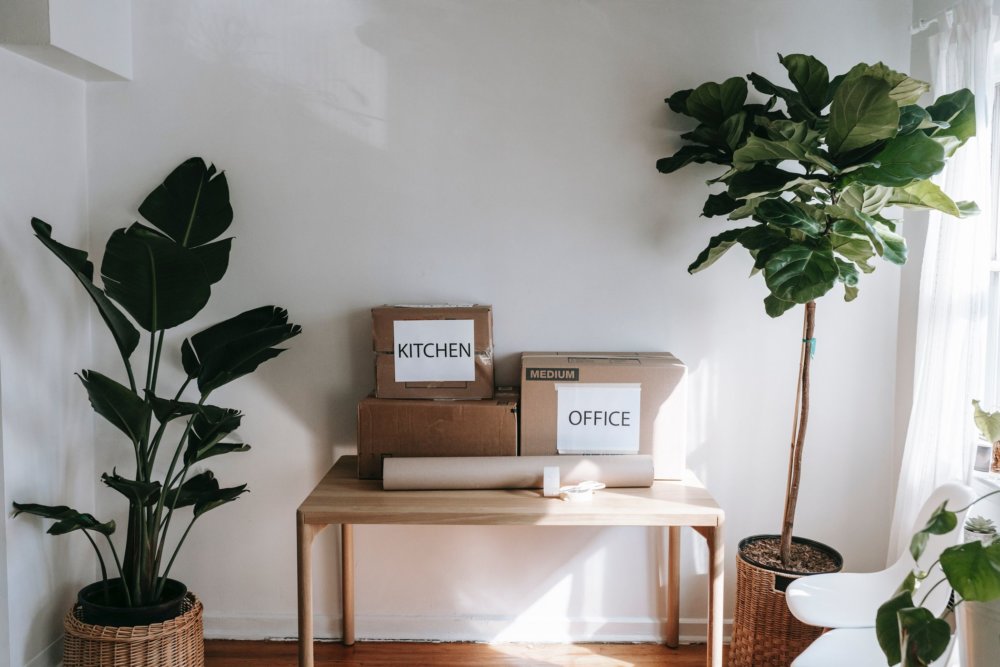
Write down tasks, create a binder, gather supplies, and choose the right long-distance moving company. When you have it all on paper, you will be able to organize your time and get everything done.
One of the Best Moving Organization Tips – Create a Binder
Making a binder is one big step toward staying organized during the relocation. Binders make it easy to keep track of relevant documents, contracts, and receipts. It can also help you make a thorough plan together with the cross-country movers you schedule.
You can store many things inside the binder, like checklists, essential phone numbers, floor plans, decoration ideas, and medical, school, and financial documents. Everything that you think you will need during the move, you can store in the binder.
Make a Copy of Important Documents for Your Getting Ready to Move Checklist
You can never be too careful when it comes to important paperwork. Passports, social security cards, tax, and insurance records are some of those documents.
Create a few copies of important documents and keep them separately. One copy should be in the binder with the originals, just in case. You probably won’t need them, but it’s better to be safe than sorry.
Other copies should be put in a container that is appropriately labeled so that you know exactly where they are.
Pick the Right Day for Relocation
You picked the right moving and auto transport company to assist you. Now it is time to think about the day on which the move will take place.
If you want to avoid higher prices, pick mid-week for relocation. Moving during the holidays can cost you less, but remember to book on time since the movers will be seriously understaffed. Organize your move in a way that allows you to save up some money, but also provides some relief when everything’s finally done. You need to feel relaxed from start to finish.
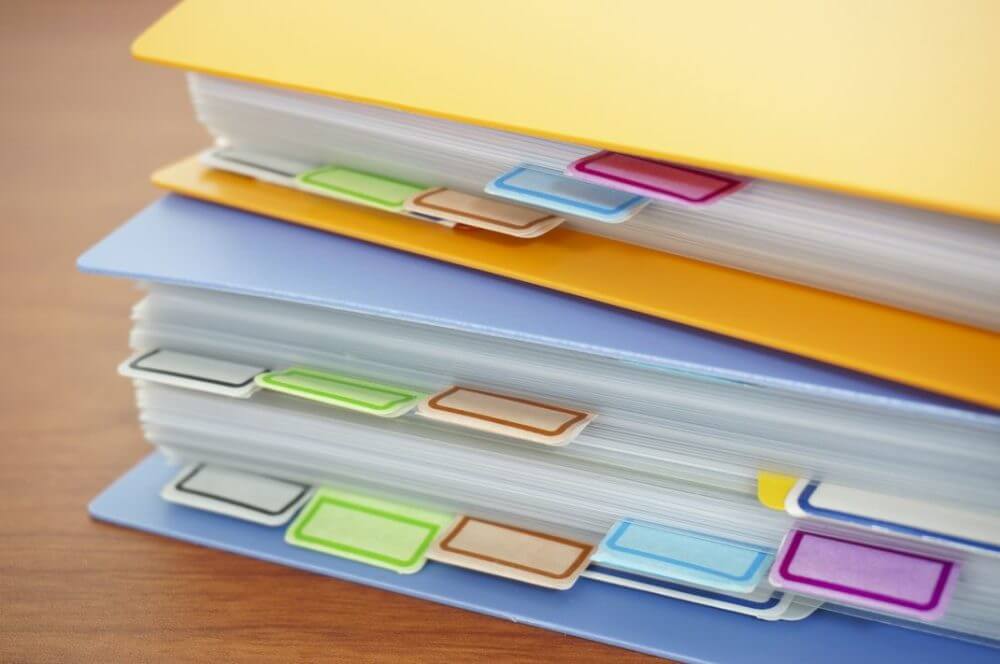
Create a Customized Moving Organization List
Transporting your items from one house to another is a complicated operation. You should consider many details of each step.
To keep everything under control, you should create a customized checklist. It will help you keep track of the progress of your relocation. If you can’t be bothered to create them on your own, you can always download checklist templates from the Internet.
The packing checklist should be divided into smaller tasks that you can complete on your own and big ones that require help from friends or movers with professional packing services.
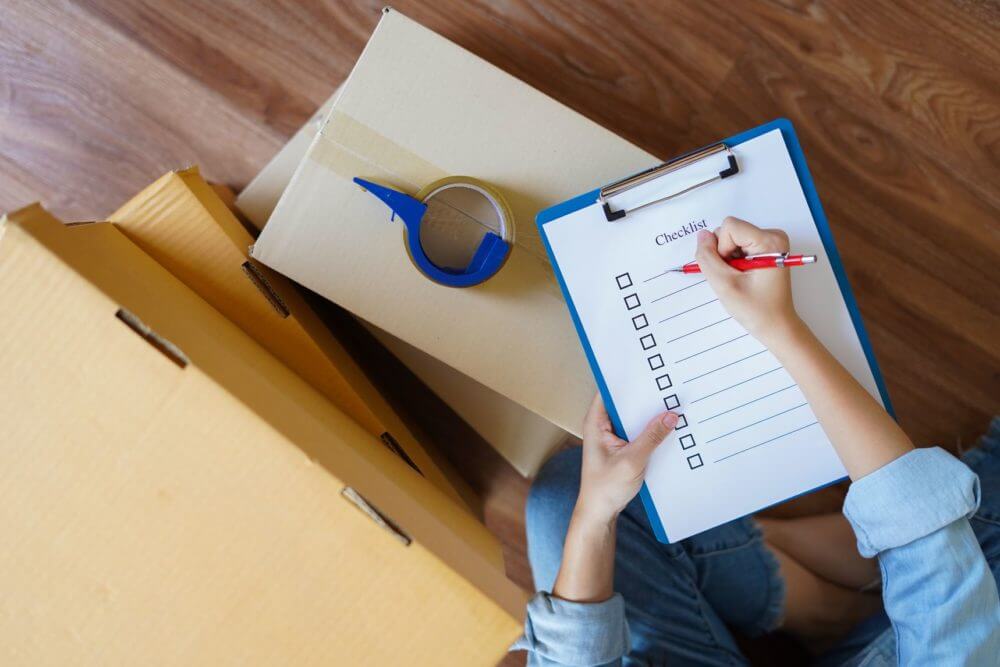
Get Packing and Moving Supplies
Determine how many boxes, bubble wrap, paper, and other supplies you will use to protect your precious belongings during the move, and make a shopping list. Gather crates of different sizes, as many as you can, as you wouldn’t want to run out on them in the middle of boxing up your items.
If you are hiring professional long-distance movers, you can get moving boxes from them, too, so that you don’t have to look for them yourself.
Get Free Packaging Supplies
If your budget is tight, you will want to save up wherever you can. Looking for free supplies is one of the solutions. Ask your friends if they have some boxes, tape, or bubble wrap they can give you. Scout your neighborhood for a supermarket or a liquor shop. Those places usually have boxes you can use.
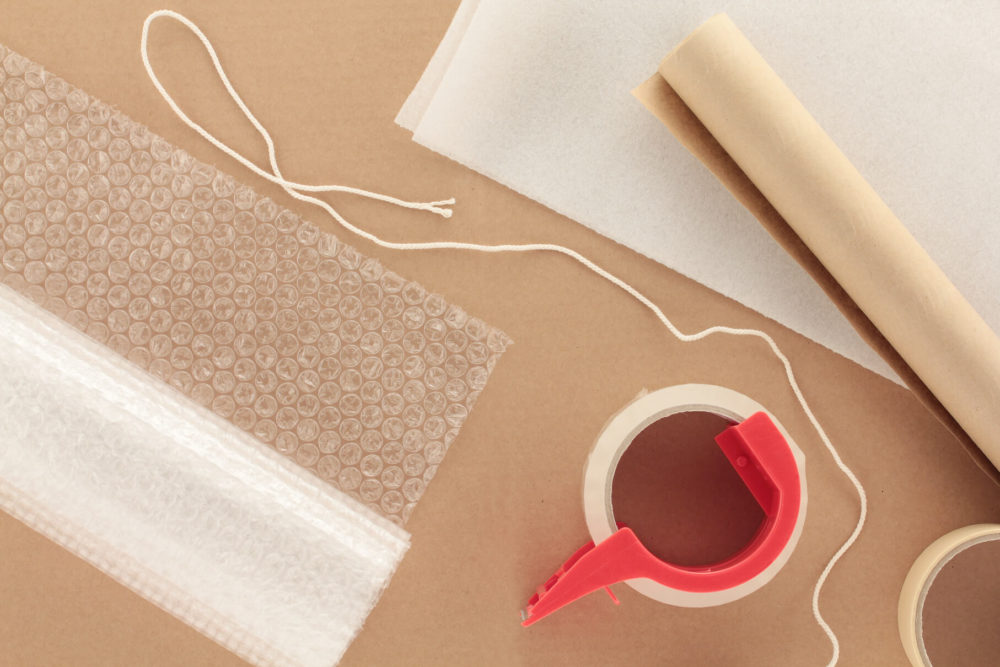
Pack Boxes and Write down What’s In Them
A part of the relocation organization is knowing what goes in every container. Create a list of items in each box, so that you know where to look when you start unpacking. Try adding numbers to your crates and writing down what is in the box under the given number. You can even tape a copy of the inventory list on the container so that it clearly states what’s in it.
Give Your Boxes a Long-Distance Moving Makeover
If you want to distinguish quickly in which room to put which box, try color-coding them. Choose different colors that will represent each room. You can use markers and tape. Just try to pick colors that are easy to differentiate for your coding system. Try to avoid different shades of red or yellow.
Moving Services
Whether you are moving from New York to Los Angeles or from San Francisco to Chicago, we can help you.
Read moreStorage Service
Knowing what kind of surprises cross country move may hold, we offer 30 day free storage for belongings at the origin state.
Read morePacking Services
Our moving teams are trained to pack your belongings in the most efficient manner possible.
Read moreDon’t Forget to Disconnect the Utilities
When you are making a checklist of things you should do, don’t forget to write down transferring or disconnecting your utilities. Gather phone numbers of all service providers and keep them in a secure binder.
Finding yourself without the Internet, cable TV or electricity in a new home would be stressful. To prevent that, call your providers and find out when you need to turn everything off.
Change Your Address When You Relocate
Don’t forget to change your address before you relocate. You wouldn’t want to have your shipments delivered to your old address, would you? Not only that, but your bills should arrive at your new location without delay. Call your bank and notify them about your new whereabouts.
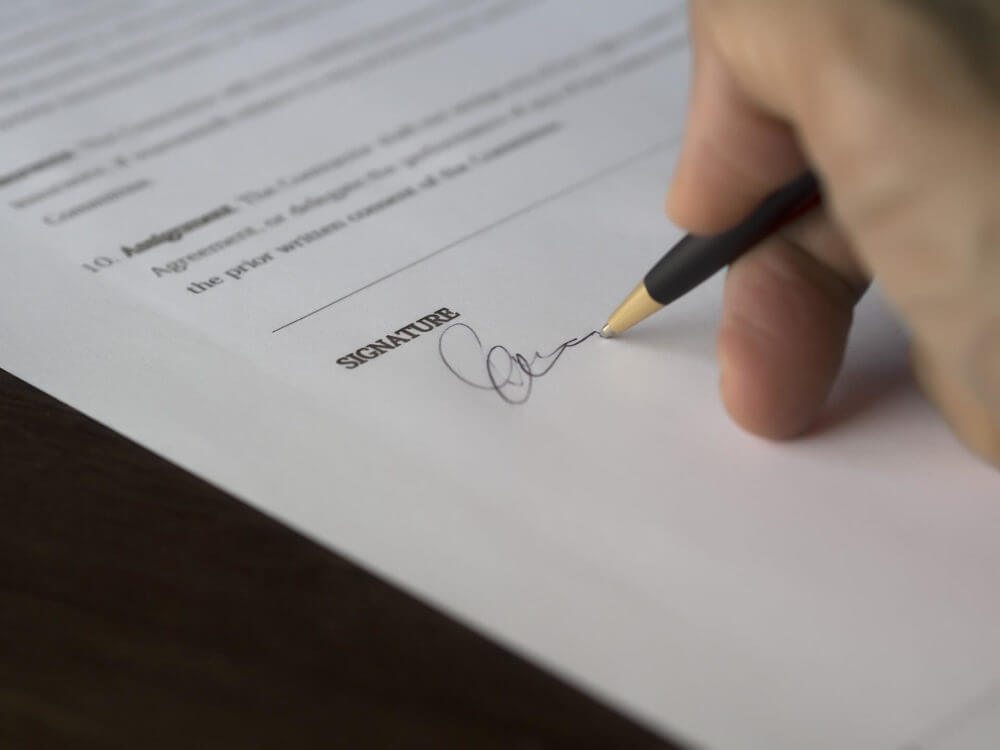
Make a “Boxing Up” Strategy
If you are packaging all of your items by yourself, you should find the easiest method to do it. Start with going through your home and determining your non-essential items. You should start with them.
Essential belongings should be left for the end of your packaging process. That’s why the last rooms that should be packed are the kitchen and bedroom. Remember, hiring long-distance movers is time-efficient because they are highly trained and ready to tackle any task you put before them.
Easiest Way to Pack Your House for a Move
Is there the easiest way to pack for a move? If your budget doesn’t allow you to hire professional movers, plan your relocation step by step.
First, sort through your belongings, separate things you no longer find a use for, the ones you want to donate, and the ones you will take with you. This will give you a clear picture of how many things you are transporting. The predicted volume of cargo is one of the most important things to tell movers.

Make a Donation List
When making an inventory list and deciding what you should keep and what you should throw away, create a list of items you want to donate. Write down all the objects you are giving away so that you could know what kind of charity to look for. If you are relocating from sunny Miami and exchanging the sun for moving to Seattle, you could get rid of many light clothing items and buy warm clothes. Don’t forget to take tax-deductible donation receipts when you drop off your belongings.
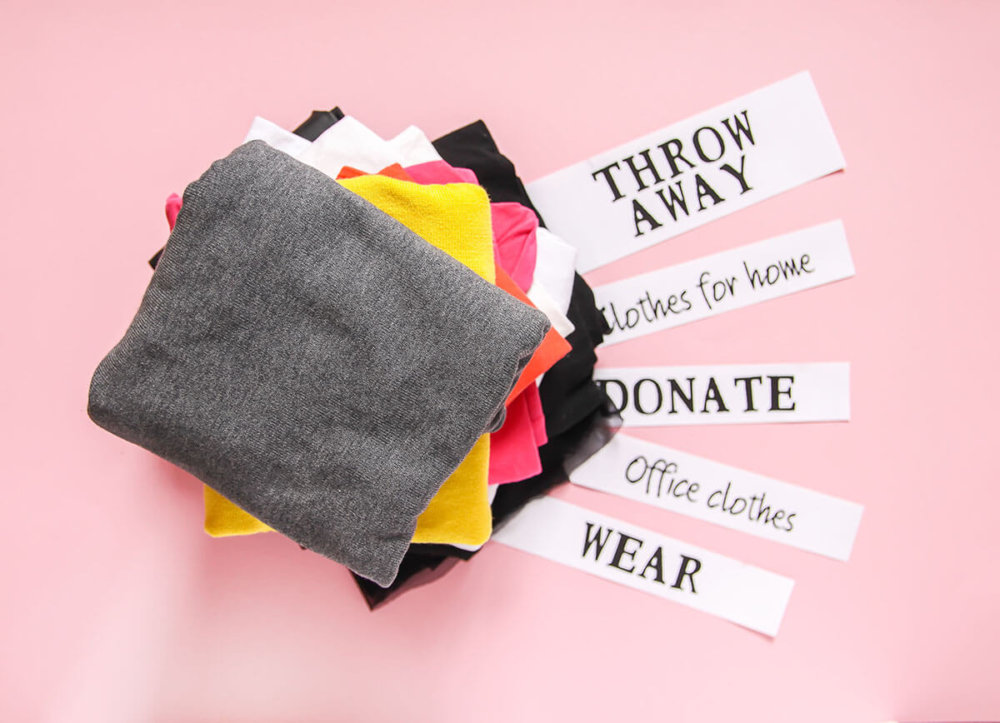
Have an Essentials Kit
Finally, when you made an inventory list of your home, you should pack a carrier bag with essentials.
That bag should contain all the daily necessities, like a toothbrush, change of clothes, medicine, key, and chargers. Basically, those are the things you will be using until the last day in your old house and from the first day in your new residence. Your other essentials should be bedding, some spare canned foods for the first week, and essential toiletries.
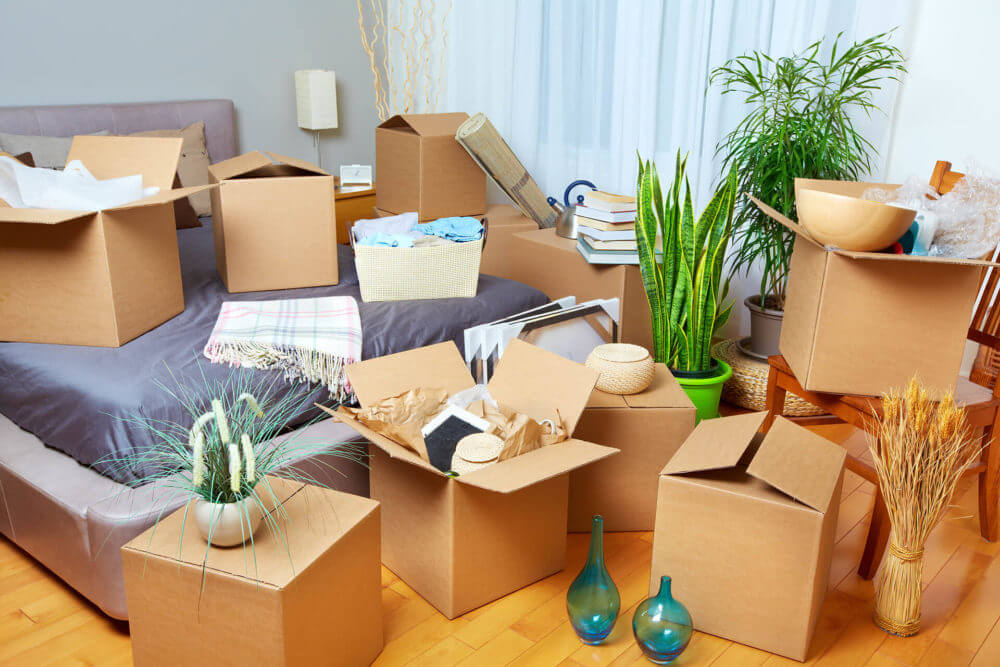
Do Your Research on Professional Long Distance Moving Companies
One of the essential steps in the relocation organization is to research companies that will handle the process. Of course, you can always decide to rent a truck and organize a DIY relocation, but hiring a long-distance moving and car shipping company will save you a lot of time and nerves in the end.
When deciding on which movers to choose, here is the best tip: going for the cheapest company, in most cases, is not the cheapest way to move out of state. Go through the reviews of a few companies and check the experience of other customers with the provided service. Some of the questions to ask movers concern their insurance policy, pricing system, and packaging services.
When you are finished with the research, compare the services that different companies offer. For example, Flat Price Auto Transport is a top-notch company that will provide you with moving, packing, auto transport, and storage services. And when you finally pick the right one, call our customer service and schedule a move.
Frequently Asked Questions About Getting Organized to Move
Where Do I Start When Getting Organized to Move?
When getting organized to move, start by creating a checklist of all the tasks you need to accomplish, such as finding a new home, hiring movers, and packing your belongings. Then, prioritize the tasks on your list and establish a timeline to ensure that you stay on track. Finally, declutter your belongings by getting rid of any items you no longer need or use, which will make the moving process easier and more efficient.
How Far in Advance Should I Start Getting Organized to Move?
It is best to start getting organized to move at least 8-12 weeks before your moving date. This will allow you enough time to complete all the necessary tasks, such as finding a new home, hiring a long-distance moving company, and packing your belongings. Starting early will also help you avoid last-minute stress and ensure that the moving process goes smoothly. However, if you have less time than that, start as early as possible and prioritize the most important tasks.
How Do I Create a Moving Checklist?
To create a moving checklist, start by listing all the tasks you need to complete before, during, and after your move. Categorize the tasks by timeframes, such as tasks to do eight weeks before the move, four weeks before the move, and one week before the move. Include all necessary tasks, such as finding a new home, hiring a moving company, decluttering, packing, and changing your address. You can also use online templates or apps to help you create a comprehensive moving checklist. Review and update the checklist regularly to ensure that you stay on track and don’t forget any important tasks.
What Should I Include in My Moving Checklist?
When creating a moving checklist, you should include all the tasks necessary to prepare for and complete your move. You should also include a timeline for completing each task to stay on track and meet important deadlines. Here’s what to include in your long-distance moving checklist:
- Research and visit potential new homes,
- Hire a long-distance moving company,
- Declutter and get rid of unwanted items,
- Purchase packing supplies,
- Pack all belongings, label boxes clearly,
- Clean your old home and prepare it for the move-out inspection,
- Make arrangements for pets and children during the move,
- Change your address with the post office and other relevant organizations,
- Notify utilities and service providers of your move,
- Set up utilities and services at your new home,
- Unpack and organize your belongings in your new home.
How Do I Organize My Belongings Before Moving?
To organize your belongings before moving, go through each room and get rid of items you no longer need, want, or use. Consider donating, selling, or giving away items that are still in good condition, and dispose of anything that’s damaged or unusable.
Group similar items together, such as clothing, kitchenware, or books. This will make it easier to pack and unpack your belongings later.
Create a list of all the items you plan to move, including their value and condition. This will help you keep track of your belongings and ensure that everything arrives at your new home safely.
Pack your belongings by category and room, and label each box clearly. Use appropriate packing materials, such as bubble wrap, packing paper, and packing tape, to ensure that fragile items are protected during the move.
Pack a box of essentials, such as toiletries, clothes, and important documents, to keep with you during the move. This will ensure that you have everything you need while you settle into your new home.
How Do I Declutter Before Moving?
Give yourself plenty of time to declutter before your move. Ideally, start several weeks or even months before your moving date. Make a plan for decluttering each room of your home. Decide what items you want to keep, donate, sell, or throw away.
When deciding what to keep and what to get rid of, be honest with yourself about what you really need or use. Consider the value of each item and how it will fit into your new home. Sort your belongings into categories, such as clothes, books, and kitchenware. This will help you see how much you have and decide what to keep.
Once you have sorted your belongings, get rid of the items you no longer need. Donate items in good condition to charity, sell valuable items, and dispose of anything that is damaged or unusable. As a general rule, keep only what you need, use, or love. This will make it easier to pack and unpack and help you feel more organized.
How Do I Pack My Belongings Before Moving?
Before you start packing, gather necessary packing supplies, such as boxes, bubble wrap, packing paper, packing tape, and markers. Start packing one room at a time, beginning with the items you don’t use often. Label each box with the contents and the room it belongs in to make unpacking easier.
Use appropriate packing materials to protect fragile items. Wrap them in bubble wrap or paper and pack them tightly in boxes with padding in between. Pack heavier items at the bottom of boxes and lighter items on top to avoid damage during transportation.
Fill empty spaces in boxes with packing paper or other soft items to prevent items from shifting during transportation. Use specialized boxes for items such as clothes, dishes, and electronics. These provide extra protection during transportation. Don’t overpack them, as this can cause breakage or become too heavy to lift.
How Do I Label Boxes Before Moving?
To label boxes before moving, use a permanent marker. Write on the top and at least one side of the box. Label each box with the room it belongs in, such as “kitchen” or “bedroom.” This will make it easier to unpack.
Write a brief description of the contents of the box, such as “books” or “kitchen utensils.” This will help you find specific items more easily. If you prefer, use different colored markers or stickers to identify boxes by room or category.
Mark boxes containing fragile items as “fragile” or “handle with care” to ensure that they are treated appropriately during the move.
How Do I Keep Track of My Belongings Before and During the Move?
To keep track of your belongings before and during the move, you can create an inventory, label boxes, take photos, use a tracking system, and keep important items separate.
How Do I Hire a Moving Company?
To hire a moving company, research and get recommendations, check licenses and insurance, get estimates, read reviews, compare services, ask questions, and sign a contract that outlines the terms of the move.
What Should I Look for When Hiring a Moving Company?
When hiring a moving company, look for their licenses and insurance, reputation, services offered, pricing, experience, and customer service.
How Do I Prepare My Home for the Moving Company?
To prepare your home for the long-distance moving company, you can start by decluttering and organizing your belongings, labeling boxes, clearing a pathway for movers, protecting floors and walls, and ensuring that all fragile and valuable items are properly packed and labeled. Communicate with the cross-country movers in advance about any specific instructions or concerns you may have.
How Do I Stay Organized During the Move?
To stay organized during the move, create a detailed moving checklist, label your boxes clearly, keep an inventory of your belongings, use a tracking system, keep important items separate, and communicate with your moving team regularly. It’s also helpful to pack one room at a time and keep essential items easily accessible.
What Do I Do With Items I Don’t Want to Keep?
If you have items you don’t want to keep, you can donate them to charity, sell them online or in a garage sale, recycle them, or dispose of them properly. You may also want to consider giving them to friends or family members who could use them.
How Do I Prepare for the First Few Days After the Move?
To prepare for the first few days after the move, you should pack an essentials box with items you’ll need immediately, such as toiletries, bedding, and a change of clothes. Ensure your utilities and other essential services are set up in your new home. It’s a good idea to have a plan for unpacking and organizing your belongings and to take some time to explore your new neighborhood and find essential services like grocery stores and medical facilities.


